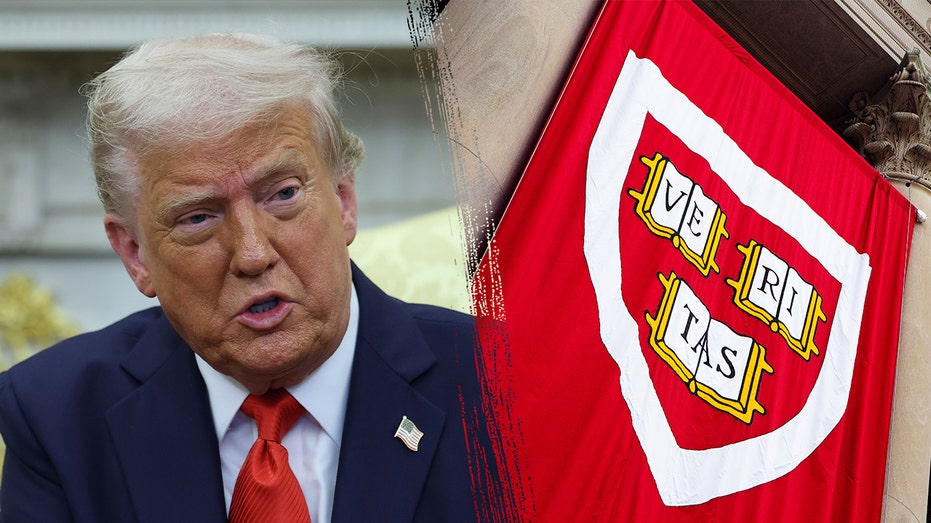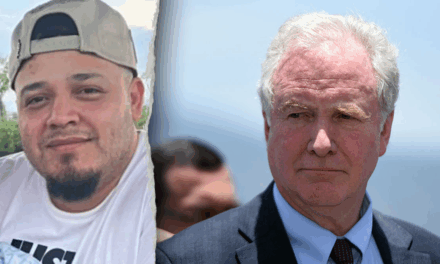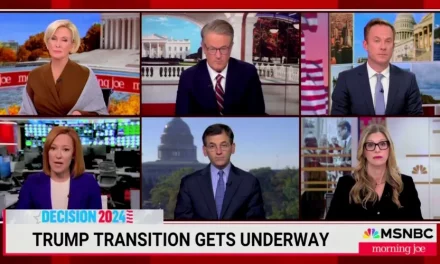The complex relationship between elite institutions and political figures often reveals intriguing dynamics, particularly when one of those institutions prides itself on being a bastion of progressive thought while the political figure embodies starkly contrasting values. In a recent exposé, revelations have come to light indicating that Harvard University, often lauded for its progressive stance and its commitment to social justice, aggressively sought to work with former President Donald Trump during his tenure in office. This raises significant questions about the university’s standards and values.
For many, Harvard represents the pinnacle of academic achievement and social responsibility. It has cultivated an image of being at the forefront of resisting what many of its faculty and students perceive to be harmful policies associated with the Trump administration, particularly those related to immigration, environmental regulations, and social equity. However, the documentations obtained reveal a contrasting narrative—one in which the university was not above attempting to forge a connection with a politically divisive figure in pursuit of influence, funding, and access.
In academic institutions like Harvard, there is a frequently-held belief that …“the end justifies the means.” Consequently, what starts as a moral or ethical stand can often become muddied when presented with the allure of power and financial resources. Consequently, the Harvard administration found itself walking a delicate line—a contradiction reflected in the myriad emails, memos, and documents released in recent investigations.
These documents portray an image of a university that was “frantically trying” to maintain its relevance and capabilities by negotiating collaborations that could benefit Harvard’s long-term goals despite the ethical implications of associating with Trump. Reports highlight that senior administrators and faculty members were actively engaging with members of the Trump administration, seeking opportunities to contribute to major initiatives, particularly those tied to economic development and research funding.
One of the pivotal moments that embodies this renegotiation of its values came when researchers at Harvard expressed their concerns regarding the potential backlash of aligning with the Trump administration. Yet, internal communications suggest that the administration dismissed such concerns, prioritizing strategic advantages and funding over ideological coherence. The irony of this situation is that while the larger university community rallied against many of Trump’s policies, the top brass was positioning themselves for potential collaborations that could solidify their institutional standing in changing political climates.
The tensions erupted into the public eye amid various crises during Trump’s presidency. For example, Harvard faculty and students protested vehemently against Trump’s immigration policies, which included strict immigration regulations and deportation accelerations. Yet at the same time, the Harvard administration was simultaneously searching for partnerships with government initiatives that could offer scholarships, grants, and funding for research programs aimed at tackling nation-wide challenges.
The juxtaposition of Harvard’s public stance against the Trump administration and its behind-the-scenes attempts at collaboration lays bare a deeper question regarding institutional integrity. It leads to significant discussions surrounding whether ethical standards should be upheld consistently or if exceptions should be made when the opportunity for advancement emerges. The administration frequently justified its actions as being essential for “greater good” projects, which they argued required access to governmental resources and approval.
These revelations have sparked debates not only within Harvard but also across the nation. Critics argue that such behavior undermines the credibility of institutions that consider themselves leaders in social justice, education, and research. There is a growing concern about the implications of seeking alliances with figures who represent ideologies that are often at odds with core values of inclusivity and diversity.
A notable instance that showcases the university’s conflicting positions occurred during the pandemic when various programs looked to the government for funding. Harvard sought to position itself as a leader in public health response and research initiatives, especially as COVID-19 began its rampage across the nation. The Trump administration had resources that could greatly assist these efforts, yet many faculty members were apprehensive about collaborating due to the administration’s controversial handling of the crisis.
As a result, the university faced a dilemma: whether to reject potential funding and resources due to ethical concerns or to accept support in order to fulfill its commitment to academic advancement and societal betterment. While some faculty members advocated for taking a clear moral stand against collaborating, others stressed the importance of pragmatism and the necessity to secure funding that would ultimately benefit the student body and university research. In the end, this ideological tug-of-war places institutions like Harvard in a precarious situation where their missions might be compromised for the sake of expediency.
Furthermore, the resistance movement that Harvard prides itself on has also begun to face scrutiny. Many wonder if such resistance is only superficial or if the institution genuinely strives for change. When it was revealed that Harvard was attempting to engage with a controversial administration behind closed doors, critics argued that this might be indicative of broader complicity within the academic elite. They imply that the actions of Harvard represent not just a singular instance, but rather a trend of negotiation that many universities engage in when it comes to political influence.
As the academic community continues to grapple with these revelations, students and faculty members alike are engaging in dialogues around institutional values. The tensions surrounding academic integrity and political involvement have never been clearer, leading to debates on what it means to be an ethical academic institution in the current polarized climate.
Moreover, the response from the broader community has been varied. Some students have lauded Harvard’s endeavors to influence policy for the betterment of society. They argue that to be effective, the university must engage with power structures rather than remain at the sidelines. Others, however, point to the contradictions in Harvard’s messaging about social justice when its leaders are negotiating behind closed doors with individuals and administrations whose policies directly conflict with those values.
This fraught engagement also spotlights a broader issue concerning academic institutions and their role in politics. As America faces deepening political divides, the pressure on universities to take definitive stances against certain policies intensifies. These institutions are not just centers of learning; they hold significant sway over national discourse and ethical standards. As such, their actions come under scrutiny, particularly when they may seem to compromise ideals for perceived pragmatism.
In the coming months, Harvard will have to confront the implications of these revelations head-on. As faculty and students continue to call for accountability and integrity, the university faces a pivotal moment. Will it reaffirm its commitment to maintaining ethical standards and resisting contradictory political influences, or will it lean into pragmatism in pursuit of funding and influence? The future of Harvard’s reputation may hinge on how it addresses these pressing concerns in the wake of this recent exposure.
Ultimately, this dialogue surrounding Harvard’s attempts to associate with Trump amidst a climate of resistance serves as a microcosm of the larger relationship between politics and academia. As institutions struggle to navigate the often murky waters of ethical versus strategic considerations, the need for transparent policies and principled stances on social issues becomes increasingly critical. The coming years will be telling, as the future direction of not only Harvard but many of America’s elite academic institutions remains in question.
































